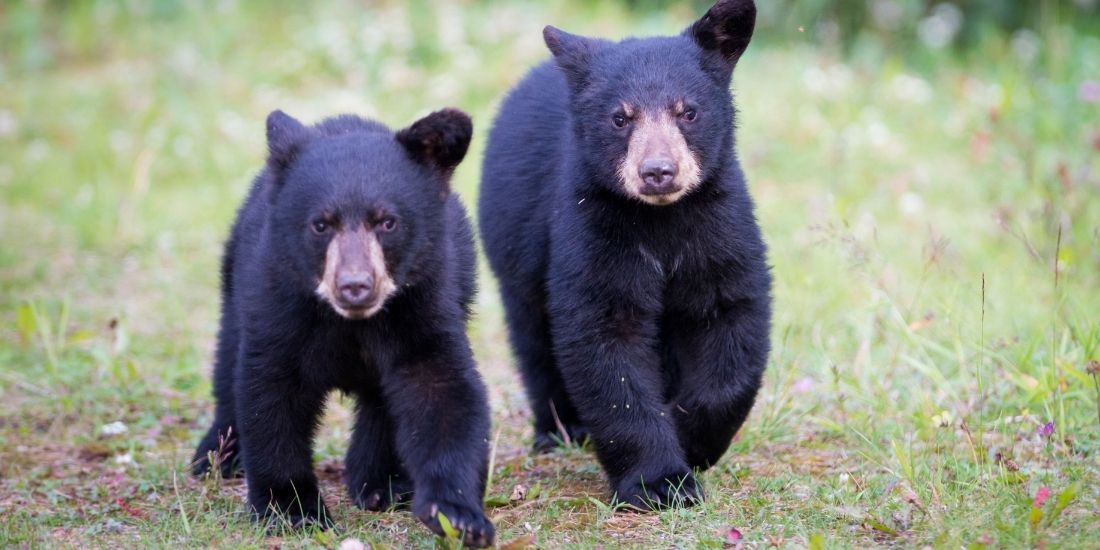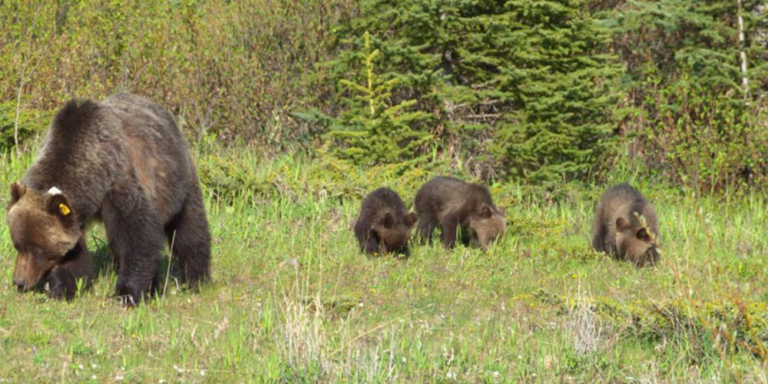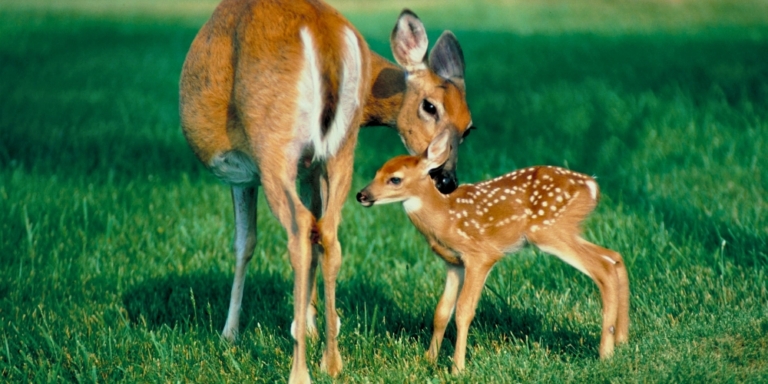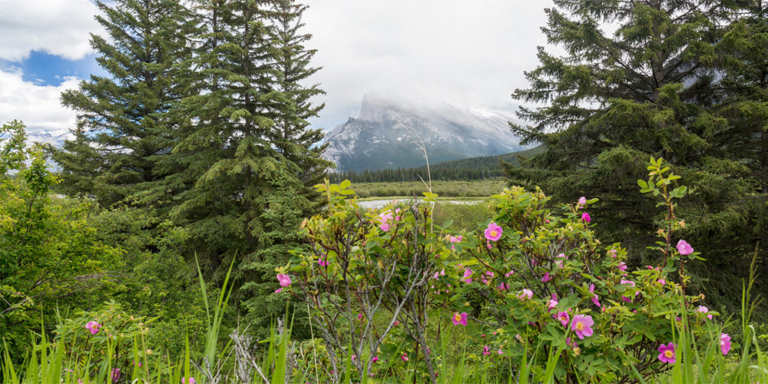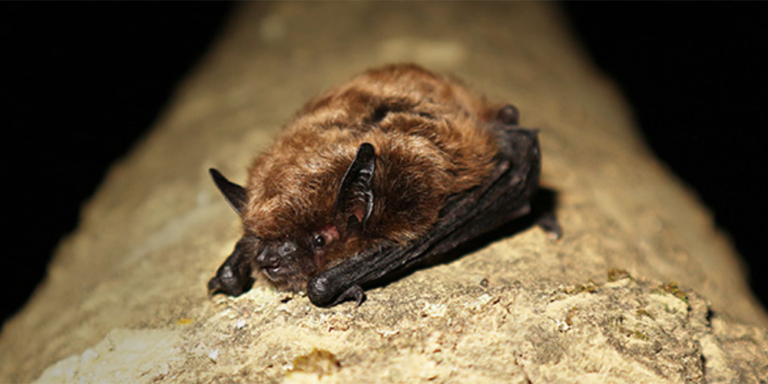No one gets out for more fall hikes than bears do.
They’re out and about trekking around the hillsides, searching out as many calories as they can get their claws on before they tuck themselves away to rest for the winter.
Unfortunately, this makes for more human-bear encounters and accidents as bears wander into areas with strong food scents.
That’s what happened when tragedy struck on Highway 1A on Sunday, October 10. A mother black bear was killed by a vehicle, leaving her two cubs alone in the wild.
The cubs reportedly got away unscathed; now the big question is if they’ll manage to fend for themselves or if wildlife services must help them.
“Generally, at this age, the cubs are old enough to forage on their own and survive,” said Laura Vilchis Sanchez, a spokesperson for the Ministry of Public Safety and Emergency Services, told the Cochrane Eagle.
Fish and wildlife officers estimated the cubs to be around seven to eight months old. Vilchis Sanchez pointed out that their survival rates would depend on various factors, including the presence of predators and the cubs’ ability to build up reserves for winter.
For the moment, they’ll be monitored, but as far as any outside help goes – it’s up to natural selection.
The provincial black bear rehabilitation policy, established in 2018, has four options:
- The preferred option is to leave orphaned cubs in the wild.
- The second option is to raise them and then release them from a rehabilitation facility.
- The third option is to place them in a zoo as a last resort.
- The final option is to euthanize the cubs.
Most often, orphaned black bear cubs under a year old will only be admitted to rehabilitation facilities if found between January and July 1. Older than that, they are left to their own devices.
Over one year old, they’re not accepted at all.
Exceptions may be made based on factors like body condition, body fat percentage, health, injuries, time of year, and environmental conditions.
Clio Smeeton, president of the Cochrane Ecological Institute (CEI), has expressed concerns about Alberta’s current policy for orphaned bear cubs.
She argues that the policy is flawed and needs to be updated, especially in an era of biodiversity loss, wildfires, and climate change.
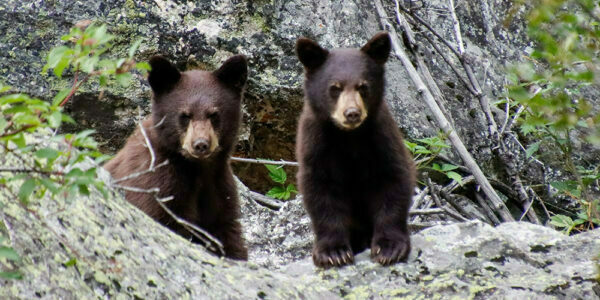

Other jurisdictions accept orphaned cubs throughout the year and at older ages.
Female black bears often feed their cubs with milk for up to 14 to 17 months, and cubs that miss this crucial period may struggle to survive in the wild.
In recent years, black bear cubs raised in captivity and released into the wild have had mixed success, but some have denned successfully.
In contrast, others faced challenges – including being shot by landowners for being far too “friendly” with humans.
Provincial officials emphasize that wildlife rehabilitation aims to help animals that cannot survive without human intervention. But they also stressed the importance of avoiding any unnecessary familiarity with humans, which can lead to negative interactions with bears in the future.
Research on wildlife rehabilitation suggests that intervening with cubs often causes more harm than good.
While rehabilitation is valuable, most experts recommend leaving animals in the wild whenever possible.
According to the Government of Alberta website, black bears are not at risk because 40,000 call Alberta home.
For these little bears, this may be one of the rare scenarios where ‘leaving well enough alone’ is genuinely the best thing we can do.

